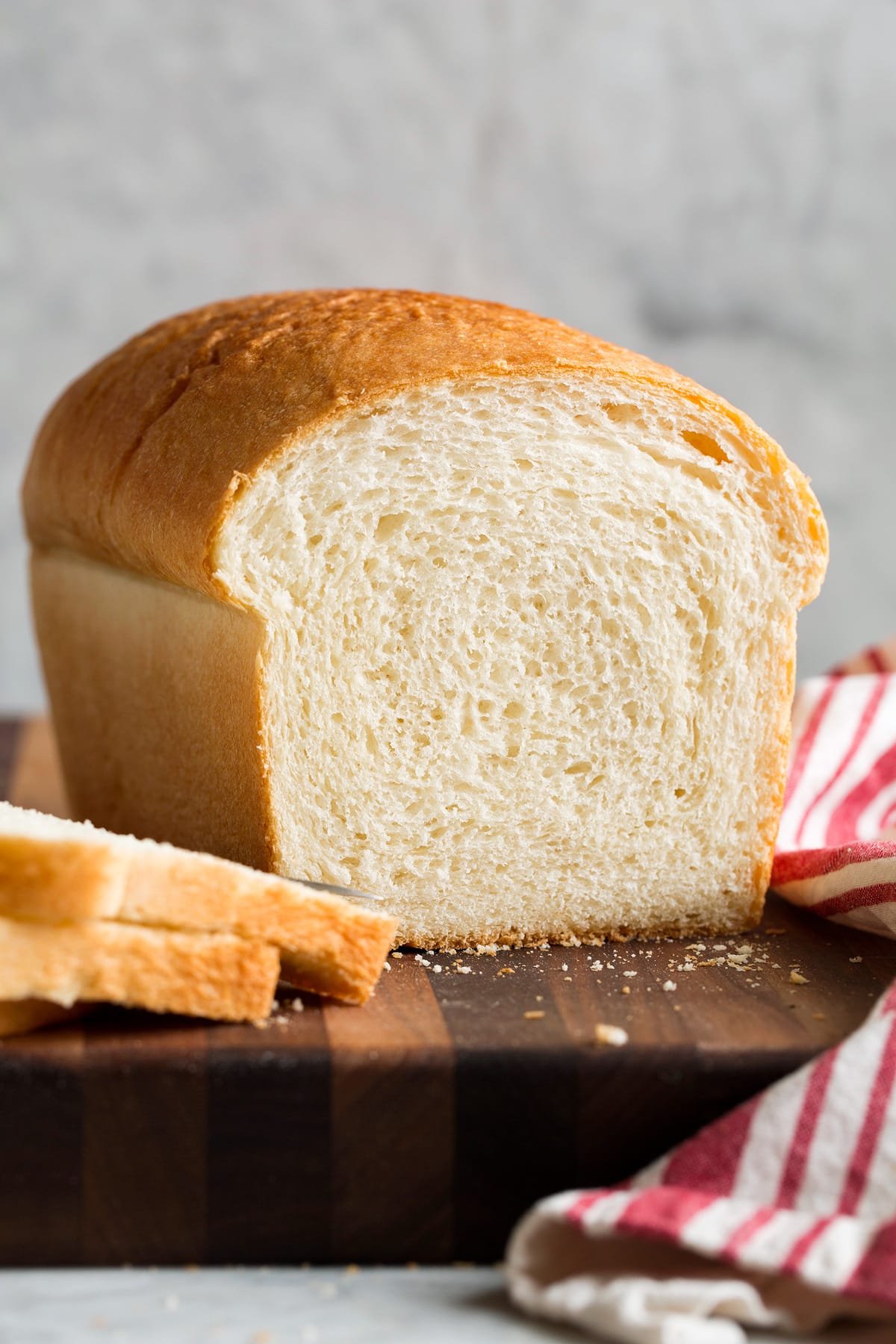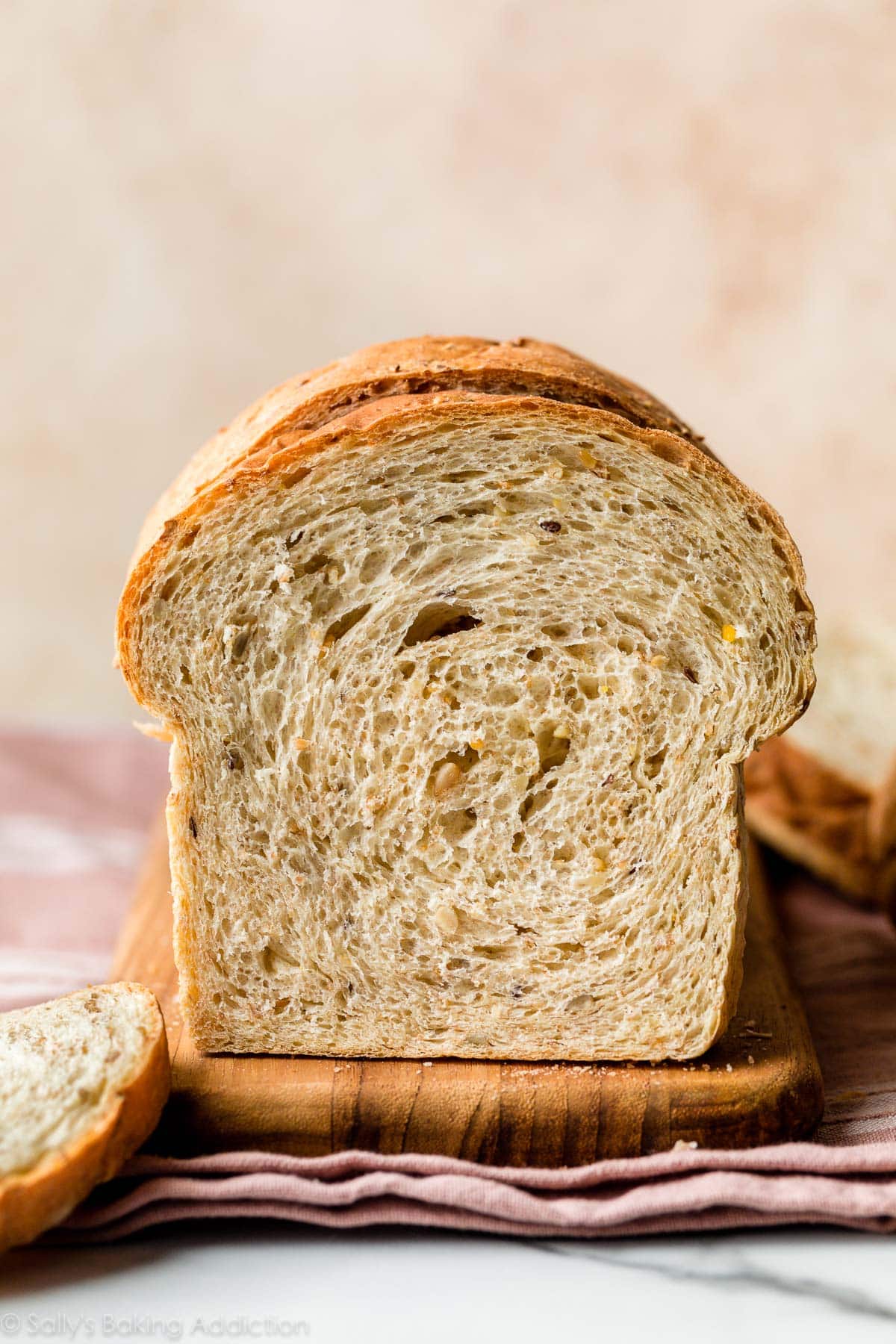A Fresh Look At Bread And Crumbs - Simple Pleasures
Humanized Version
There is something truly comforting about the smell of fresh bread, you know, the kind that fills a home with a warm, inviting scent. It is a simple joy, a basic pleasure that, in a way, connects us to something very old and very good. This feeling, that, is often found in the making of bread itself, from the first mix of ingredients to the final, delicious bite, leaving just a few crumbs behind.
For many people, the idea of baking at home might seem a bit much, perhaps even a little daunting. But actually, creating your own loaves, whether they are crusty on the outside or wonderfully soft all over, is something anyone can do. There are, it turns out, plenty of straightforward and truly tasty ways to get started, no matter how much experience you have in the kitchen. We are talking about making something truly special, something you can be proud of, with just a few steps.
So, let's take a closer look at what makes a great loaf, from the special touches that give it its distinct taste to the tools that make the process a little easier. We will explore the little things that come together to create that perfect texture, that wonderful aroma, and yes, even those delightful bits of leftover goodness. It is all about appreciating the whole process, you see, from the main part to the smallest pieces.
Table of Contents
- What Makes a Loaf So Special?
- The Heart of Homemade Goodness
- How Do We Get Those Perfect Crumbs?
- Tools for Your Baking Space
- Can We Keep Our Bread and Crumbs Fresh?
- Exploring Different Bread and Crumbs Styles
- Simple Steps for Wonderful Bread
- What Goes into the Mix for Bread and Crumbs?
What Makes a Loaf So Special?
You might wonder what gives certain loaves their truly distinct taste, that special something that makes them stand out. Well, it turns out, a big part of that wonderful flavor comes from a specific coating of baking soda and flour mixture that is put on the surface just before the baking process begins. This simple step, you know, adds a depth of taste that makes all the difference. It is a little trick that makes a big impact on the overall experience of enjoying a piece of bread.
The Distinct Taste of Bread and Crumbs
In some places, like traditional Persian bake shops, the way the bread is shaped also plays a part in its character. They typically form the dough into a long, somewhat oval shape, which gives the finished product a particular look and feel. This method, actually, has been passed down through generations, ensuring that each loaf carries a bit of history along with its delicious taste. It is a very specific way of doing things that contributes to the unique nature of the bread and crumbs that result.
The Heart of Homemade Goodness
When you set out to create your own baked goods at home, starting with the right ingredients is, in some respects, everything. For example, the kind of flour you choose can make a real difference in the final product. It is generally a good idea to go for flour that has not been bleached, and ideally, one that contains between twelve and thirteen percent protein. This specific type of flour helps give the bread its proper structure and texture, which is pretty important for a good outcome.
Gathering the Essentials for Bread and Crumbs
To begin the actual mixing process, you typically need a rather large container. In this container, you will want to combine a few key dry items: some flour, chopped nuts like pecans, granulated sweetener, baking soda, a bit of cinnamon, salt, and a touch of nutmeg. Mixing these together thoroughly before adding anything wet is, basically, a good first step. It ensures that all the flavors are evenly distributed throughout what will become your wonderful bread and crumbs.
How Do We Get Those Perfect Crumbs?
Achieving that ideal interior structure, that lovely open texture that makes for good crumbs, involves a few important steps. First off, getting your cooking space ready is key. You will want to warm up your oven to a temperature of three hundred and fifty degrees Fahrenheit. This initial warmth, you know, is important for the dough to rise properly and for the bread to cook evenly all the way through, ensuring a consistent texture for your bread and crumbs.
Crafting the Ideal Texture of Bread and Crumbs
Sometimes, the dough needs a bit of a rest before it is ready for baking. For certain recipes, after you have put all the ingredients together, it is a good idea to cover the mixture loosely and put it in the cold storage for about eight to twelve hours. This extended chill time, apparently, allows the flavors to develop more fully and helps with the overall consistency of the dough. It is a patient process, but it really pays off in the end with delightful bread and crumbs.
Tools for Your Baking Space
Making delicious homemade bread can actually be quite simple and quick, especially when you have the right helpers in your kitchen. An automatic bread maker, for instance, takes a lot of the guesswork and effort out of the process. It handles the mixing, the rising, and the baking all in one convenient device, meaning less work for you and more time to enjoy your fresh bread and crumbs.
Aiding Your Efforts with Bread and Crumbs
Interestingly, some of these kitchen helpers can be quite similar across different brands. There is, for example, a particular bread machine that looks exactly like another, more costly model, but it comes at a much lower price point. This kind of machine, you know, can be a great way to get started with baking without spending too much. While some basic models might not have a lot of fancy extras, they can still do the main job of producing good bread and crumbs quite well.
Can We Keep Our Bread and Crumbs Fresh?
One of the best things about making your own bread is having it fresh, but sometimes you make more than you can eat right away. If you realize pretty quickly that you will not be able to finish a whole loaf in a short amount of time, it is a really good idea to put it in the cold storage. This simple action helps keep the bread from going stale too fast, preserving its taste and texture for longer. It is a handy tip for anyone who enjoys baking in larger batches.
Preserving Your Delicious Bread and Crumbs
The very characteristics that make a loaf so appealing when it is fresh are, in a way, what allow it to be stored effectively for later enjoyment. The internal structure and the moisture content, you see, are preserved when the bread is put away in the cold. This means that when you are ready for another piece, it will still have that lovely quality, ready to be enjoyed, perhaps even leaving behind some of those pleasant bread and crumbs.
Exploring Different Bread and Crumbs Styles
Not all loaves are created equal, and some have developed quite a following for their particular qualities. Take, for instance, a certain type of bread that many people really like, known for its rich, somewhat nutty taste and its very close-knit feel. This particular kind of bread, apparently, packs a lot of goodness into each piece, offering a good amount of plant fiber and protein, thanks to a mix of many whole grains and seeds. It is a testament to how diverse the world of baked goods can be.
Variations in Bread and Crumbs
Beyond the standard loaf, there are also machines that can be set to make specific kinds of dough, like that used for flat, round baked items. You can, for example, set the machine to a "pizza" program. This shows just how versatile these kitchen devices can be, allowing you to create different kinds of baked goods beyond just a regular loaf, expanding your options for all sorts of bread and crumbs.
Simple Steps for Wonderful Bread
At its core, making bread involves a few very basic elements. You typically start with water, a bit of olive oil, flour, some sweetener, salt, and yeast. These fundamental components, basically, are the building blocks for most baked goods. Understanding these simple ingredients is the first step towards creating something truly satisfying in your own kitchen, leading to those wonderful fresh bread and crumbs.
Putting Together Your Bread and Crumbs
When using a stand mixer, especially one with a dough hook attachment, the process becomes even smoother. You will want to combine a bit of soft butter, yeast, sweetener, salt, and a cup of warm water in the mixer. This combination, you know, forms the foundation of your dough, allowing the yeast to become active and start its work. It is a pretty straightforward way to get your dough ready for baking, setting the stage for lovely bread and crumbs.
What Goes into the Mix for Bread and Crumbs?
The precise order and combination of ingredients can make a real difference in the final product. For many recipes, you begin by mixing the yeast with two cups of warm water in a mixing container, stirring until the yeast dissolves completely. This initial step, as a matter of fact, is important for activating the yeast, which is what helps the dough rise and become light and airy. It is a small but very important detail in the overall process.
The Little Details in Bread and Crumbs
After the yeast is ready, you then add the butter, sweetener, and salt to the mixture. Sometimes, a specific kind of seasoned salt, like Lawry's, is called for to give the bread an extra layer of taste. These additions, you see, contribute to the overall flavor profile and texture of the bread, ensuring that every bite is just right. It is these little touches that truly make a difference in the quality of your homemade bread and crumbs.
This article explored the comforting world of baking, starting with the basics of what makes bread special, from specific glazes to traditional shapes. We looked at the importance of choosing the right ingredients, like unbleached flour, and how to combine dry elements for a good start. The piece also covered the steps involved in achieving the perfect texture, including oven temperature and dough resting times. We then discussed various kitchen tools that simplify the baking process, such as automatic bread makers, and how to keep your homemade loaves fresh. Finally, we touched upon different bread styles and the specific ingredient combinations that contribute to their unique characteristics.

Basic Homemade Bread Recipe - White Bread - Cooking Classy

Whole Wheat Bread Recipe For Machine Uk | Deporecipe.co
.jpg)
White Bread Brands